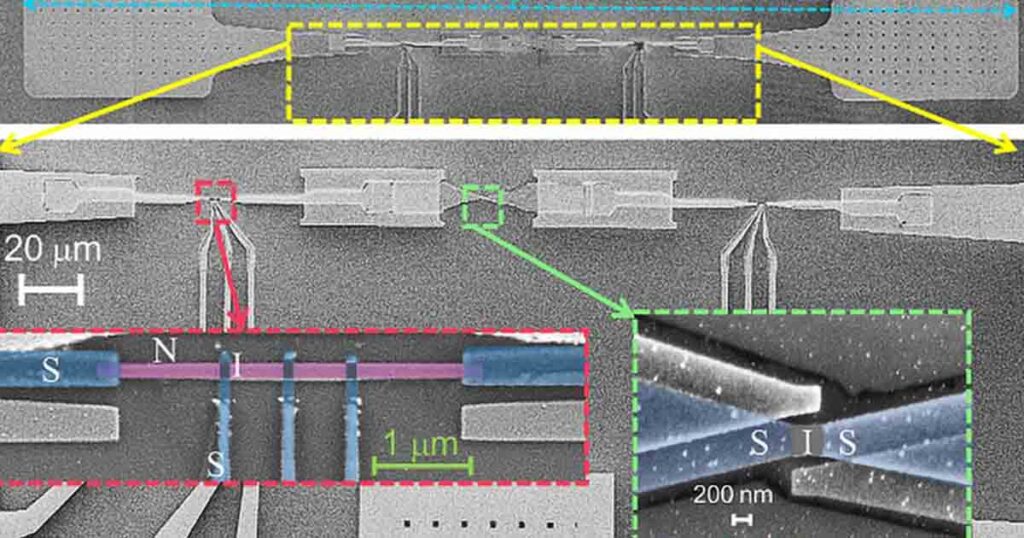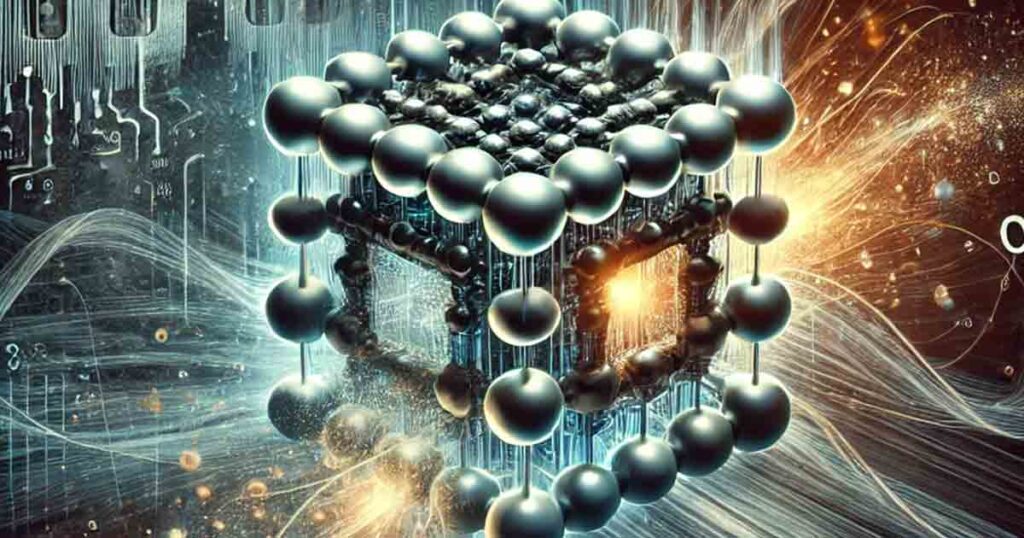Unveiling the Unexpected Cause of Qubit Decay in Quantum Computers: A New Insight
qubit decay cause quantum computers
Aalto University researchers have unveiled the phenomenon of thermal energy loss in qubits through a streamlined experimental design, offering new perspectives on superconducting qubit coherence loss in quantum computing.
This study, spearheaded by physicists in collaboration with an international team, zeroes in on superconducting Josephson junctions—key components in high-performance quantum computing.
The findings provide a deeper understanding of thermal dissipation and its influence on qubit performance.
Measuring Coherence Loss in Superconducting Qubits

Physicists from Aalto University in Finland, working alongside international collaborators, have both theoretically and experimentally demonstrated that coherence loss in superconducting qubits can be directly measured as thermal dissipation within the electrical circuit that houses the qubit.
At the core of the most sophisticated quantum computers and ultrasensitive detectors lie superconducting Josephson junctions—the fundamental units of qubits, or quantum bits. As implied by their name, these qubits and their circuits exhibit exceptional electrical conductivity.
Exploring Thermal Dissipation in Qubits
“Even with the rapid advancements in creating high-quality qubits, a crucial question has lingered: where and how does thermal dissipation occur?” says Bayan Karimi, a postdoctoral researcher in Aalto University’s Pico research group and the lead author of the study.
“We have been refining methods to measure this loss for a considerable time, building on our group’s expertise in quantum thermodynamics,” adds Jukka Pekola, the Aalto University professor heading the Pico research group.
As physicists strive to enhance qubit efficiency in the ongoing quest to refine quantum device technology, these novel data enable researchers to gain a clearer understanding of qubit decay.
In quantum computing, qubits with extended coherence times can perform more operations, leading to complex calculations beyond the reach of classical computing.
Linking Energy Loss to Thermal Radiation
The Josephson effect, which enables supercurrent transmission, occurs when two closely spaced superconducting materials sustain a current without any applied voltage. This study reveals that previously unexplained energy loss can be attributed to thermal radiation emanating from the qubits and traveling down the leads.
Imagine a campfire warming a person on the beach—the surrounding air remains cold, yet the individual feels the heat radiating from the fire. Karimi suggests that a similar type of radiation causes dissipation in qubits.
This loss has been observed before by physicists who conducted experiments on extensive arrays of hundreds of Josephson junctions integrated into circuits. Similar to a game of telephone, one junction appears to destabilize those further down the line.
A Simple Experimental Setup with Significant Outcomes
Initially designing their experiments with multiple junctions in an array, Karimi, Pekola, and their team progressively simplified their approach.
Their ultimate experimental setup involved observing the effects of varying the voltage at a single Josephson junction.
By positioning an ultrasensitive thermal absorber adjacent to this junction, they could passively detect the faint radiation emitted during each phase transition across a broad frequency spectrum, extending up to 100 gigahertz.
The theoretical framework of this research was developed in collaboration with colleagues from the University of Madrid. The study was published on August 22nd in Nature Nanotechnology.
Reference
“Bolometric detection of Josephson radiation” by Bayan Karimi, Gorm Ole Steffensen, Andrew P. Higginbotham, Charles M. Marcus, Alfredo Levy Yeyati, and Jukka P. Pekola, 22 August 2024, Nature Nanotechnology.
DOI: 10.1038/s41565-024-01770-7
This work was conducted in partnership with InstituteQ Chair of Excellence professor Charles Marcus from the University of Washington, USA, and the Niels Bohr Institute in Copenhagen, Denmark. The devices used in the experiments were fabricated in the cleanrooms of OtaNano, Finland’s national research infrastructure for micro- and nanotechnologies. The Research Council of Finland supported this work through the Quantum Technology Finland (QTF) Centre of Excellence and THEPOW consortium.







